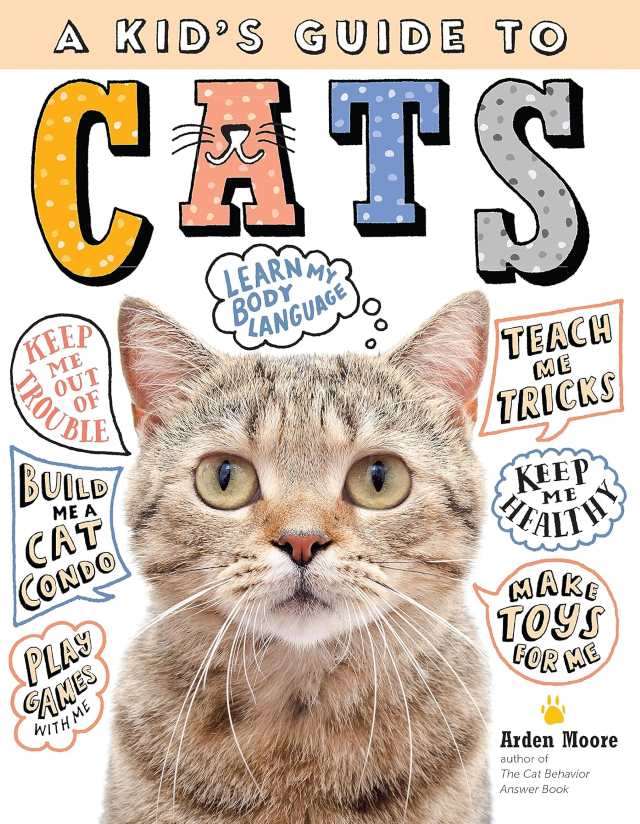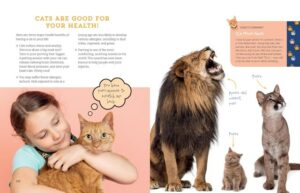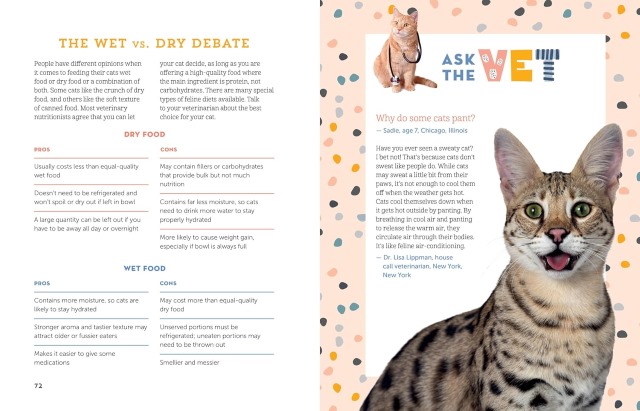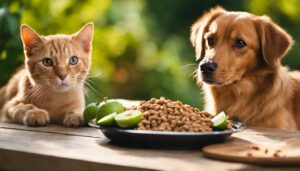A Guide To Raising Responsible Kids And An Eco-Friendly Approach To Pet Food
Nowadays, more parents are seeking ways to raise children responsibly and with environmental awareness. If you’re a parent with a pet, you know how much children can learn through caring for animals. Growing up with a cat helps children develop a sense of responsibility and teaches them the importance of the environment and making healthy choices. In this post, we’ll talk about how to educate kids on caring for cats through simple and fun steps and how to choose eco-friendly food that’s good for both your cat and our planet.
The Role of Cats in Developing Responsibility
Cats are wonderful pets because they’re gentle, calming, and often independent, making them perfect for families. Kids who learn to care for a pet from a young age adopt useful skills: responsibility, compassion, and organization. For instance, children can take on tasks like filling the water and food bowl, cleaning the litter box, or simply petting and playing with the cat. In this way, even small duties can become valuable lessons in building responsibility.
The book “A Kid’s Guide to Cats” by Arden Moore is an excellent resource for parents who want to introduce children to the world of cats. Written in simple language and tailored to a child’s level, with plenty of pictures and helpful tips, kids can learn how to understand cat behavior, play safely, and take care of a cat’s needs.
In addition to learning about cat behavior, it’s important to discuss food choices and the environment in which our cats live. Through these topics, we can encourage kids to care for animals and the environment, connecting them in a way children can easily understand.
What Does an Eco-Friendly Approach to Cat Food Mean?
Eco-friendly cat food means not only taking care of the pet but also the environment. This food is produced sustainably, and free of harmful chemicals and artificial ingredients, making it healthier for both the pet and the environment. When choosing food for our cats, we can educate children on the importance of selecting eco-friendly options. Here are a few simple ways to choose the right food:
- Organic Ingredients: When choosing food for a cat, check the ingredients. Organic food means it’s produced without pesticides, antibiotics, or hormones, which benefits cat health and reduces environmental impact. Organic food usually has fewer harmful chemicals and more real nutrients. Learn more about the benefits of organic food on EcoPetsFood.com.
- Sustainable Packaging: More manufacturers are using recyclable and biodegradable packaging for pet food. Explain to kids why this matters – it reduces waste and environmental pollution. When you see recyclable packaging, show it to your child as an example, so they become more aware of the impact food has on the environment, not just on health.
- Support Local Producers: Choosing locally-produced food reduces carbon emissions by cutting down on transportation. Additionally, buying from local producers supports the local economy. You can also explain this step to kids – maybe even visit a local store where they can see locally-made products.
- Sustainable Protein Sources: While cats need meat in their diet, there are producers who strive to use sustainable protein sources. For example, some producers use fish from sustainable fish farms or meat obtained with minimal environmental impact.
If you want to see more on sustainable cat food sources, visit this page for more detailed information on eco-friendly pet nutrition.
Practical Tips for Growing Up with a Cat
Children learn most effectively through their own experiences, and cats are perfect “teachers” of responsibility and compassion. Here are a few tips to help kids bond with your cat and become responsible little pet owners:
- Involve Kids in Meal Prep: Preparing meals can be a fun and educational activity for kids. Explain to them how you choose cat food and why you picked a certain brand. Involving them in this process gives kids a sense of responsibility and understanding of the importance of healthy food for their pets.
- Create a Cat Care Schedule: You can create a simple schedule with your kids. For example, on Mondays and Thursdays, your child can check the water bowl and feed the cat. You can put this schedule in a visible spot as a reminder. Growing up with pets helps kids understand the importance of consistency and regular responsibilities.
- Understanding Cat Body Language: Kids can learn to understand cats by observing their behavior and body language. For example, when a cat raises its tail or purrs, these are signs of happiness. Through this simple step, children can appreciate the importance of respecting animal needs and emotions.
- Safe Play Rules with Cats: Cats enjoy playtime, but it’s important to play safely. Explain to kids how to use toys to play with the cat in a way that’s fun and safe for both. Toys on the market can also be eco-friendly, like those made from natural materials.
Your Story is a Valuable Experience!
Raising kids with pets takes a bit of effort but brings numerous rewards. We teach children responsibility, empathy, and environmental care through daily tasks. I hope these tips have been helpful. If you have experience raising children with cats, share your stories in the comments! Also, feel free to ask questions – I’ll be happy to answer.
By purchasing eco-friendly food through affiliate links, you support our website and enable us to continue sharing these tips. At EcoPetsFood.com, you can find more information on eco-friendly cat food and other eco-friendly pet products.
Thank you for reading this post. I hope you enjoyed the tips and that your family and pets develop healthy, responsible, and eco-friendly habits!








